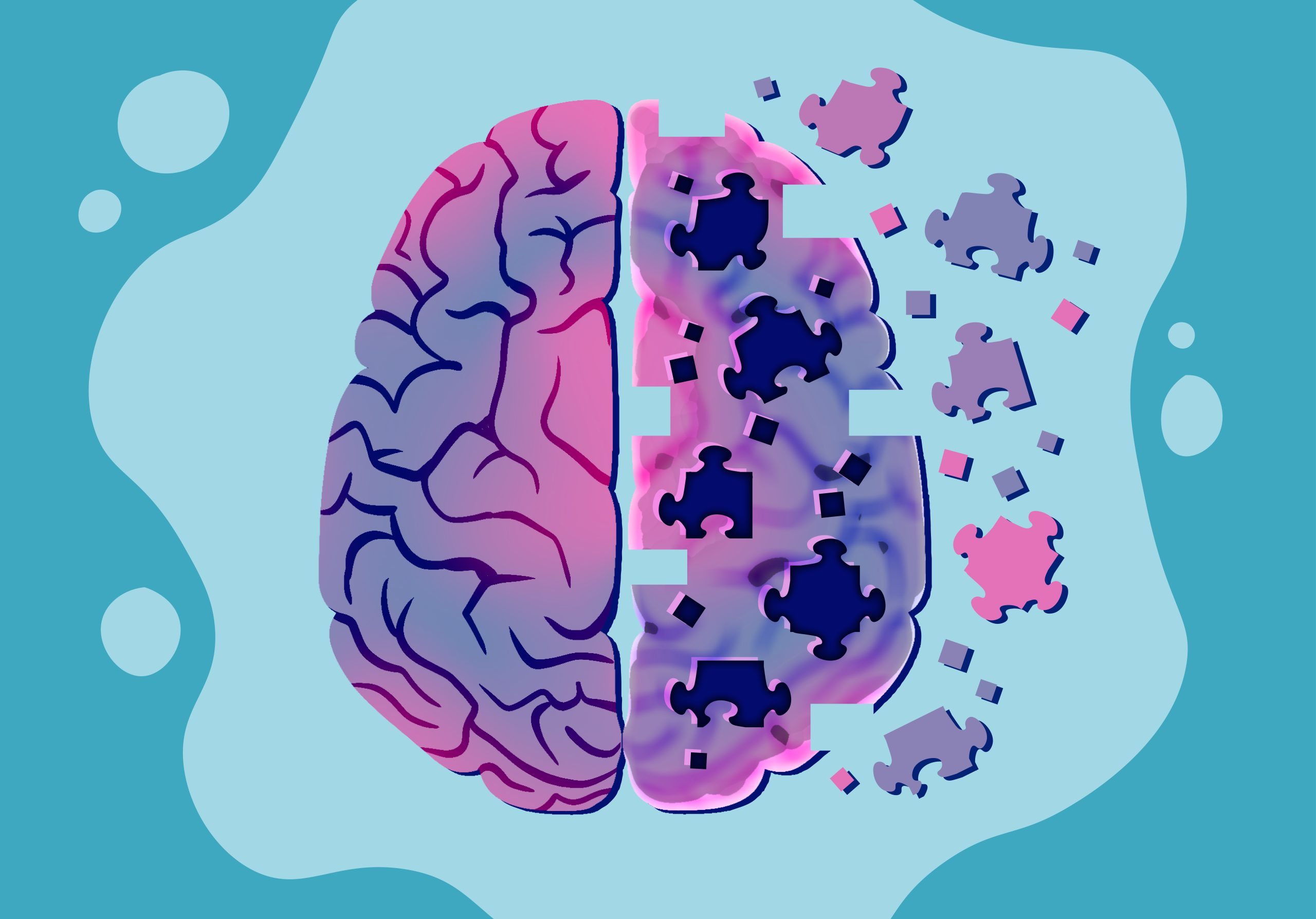The first time Adam Moen told the story of his battle with depression, he instantly felt a sense of relief.
“In the beginning, it was a really therapeutic experience for me to share my story, to just get it off my chest,” the finance senior said.
Moen is not alone. About 1,900 University of Minnesota students had invisible disabilities last year, according to University Disability Services. Invisible disabilities include autism, bipolar disorder and anxiety disorder, among others.
The Office for Equity and Diversity held a panel Friday to discuss the daily struggles of people with invisible disabilities.
The panelists — including members of the National Alliance on Mental Illness, a University employee and a sports reporter — shared their stories and encouraged others to talk about their disabilities.
“It’s about treating this illness like any illness,” said Sue Abderholden, executive director at NAMI Minnesota, a nonprofit that provides educational services, support and advocacy for those with mental illnesses.
At the panel, Abderholden discussed her obstacles with insurance companies that didn’t cover mental illness hospitalization after her 13-year-old daughter attempted suicide. Now, Abderholden works to raise awareness and open up the conversation on invisible disabilities.
“It is still very much a secret in our society,” Abderholden said.
Other panelists talked about the issues associated with the lack of public discussion on invisible disabilities.
“It can make me feel alone, feel isolated,” said Brian Jost, NAMI Minnesota director of public awareness and peer programming. Jost was diagnosed with bipolar disorder in 2005.
“Talk about it more,” Jost said at the panel. “It’s OK to have an invisible disability.”
The panel also focused on eliminating the stigmas associated with invisible disabilities.
In her anti-stigma training classes, Abderholden has everyone yell out all of the slang words they know for mental illness.
“It’s pretty easy. People yell out ‘crazy,’ ‘nuts’ and ‘psycho,’” Abderholden said.
Then, she said, she asks them to yell out slang words for cancer or heart disease.
“And of course there are none.”
Abderholden also encouraged audience members at the panel to apply more positive words when talking about someone with a mental illness, such as “courageous” or “brave.”
Anne Phibbs, coordinator of the panel and OED director of education, said she hoped the panel would help to break down the stereotypes of invisible disabilities, especially at the University, to create a more inclusive campus.
“When people have to hide who they are and hide the parts of themselves that might be both challenging and wonderful, they aren’t going to be able to learn and perform well whether they are a student, staff or faculty member,” Phibbs said.
This is one of the reasons Moen created the website OURspace, which is funded by the Minnesota Student Association and went live in November.
The site allows University students to anonymously talk about issues related to alcohol abuse, school trouble, mental illnesses and other struggles.
“I don’t want people to ever feel alone or helpless,” Moen said. “I want to just give people that sigh of relief [knowing] that other people struggle, too.”










